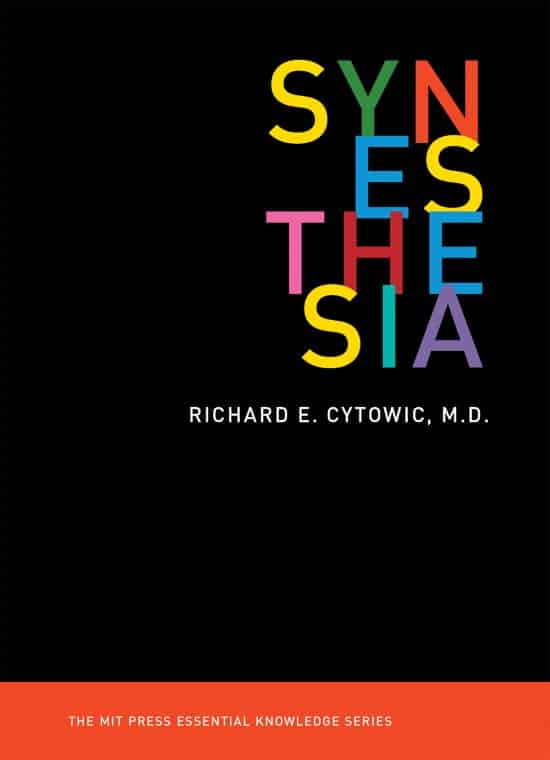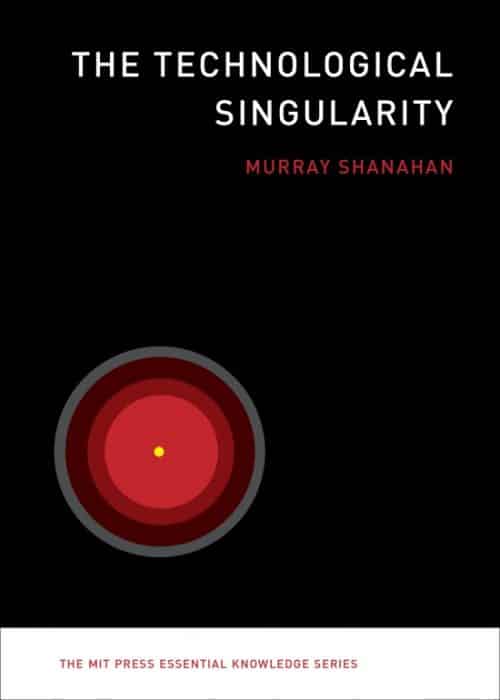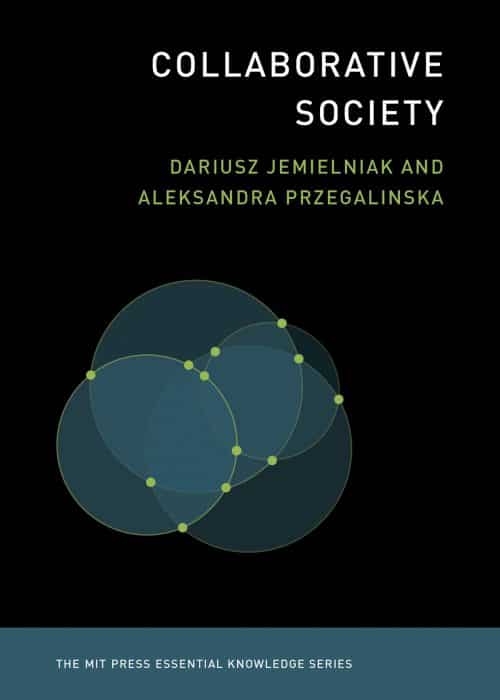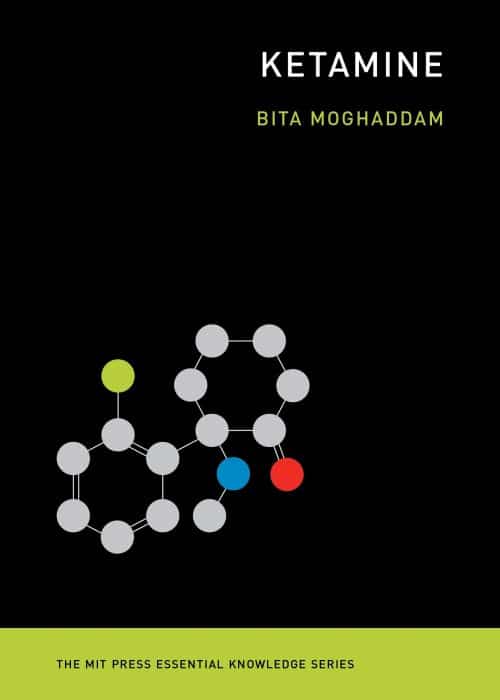The synesthesia gene is present in one in every twenty-three individuals. Synesthesia produces intensely felt cross-sensory couplings and is not a disease but a neurological feature, similar to perfect pitch. A synesthete may hear a voice and simultaneously perceive it as a color or shape, taste it and feel it as a physical touch, or taste and taste it simultaneously. Richard Cytowic, the authority who brought synesthesia back into the spotlight in this volume of the MIT Press Essential Knowledge series, provides a succinct, approachable introduction to this remarkable aspect of human experience.
According to Cytowic, experiencing colorful days of the week is the most typical symptom of synesthesia. This is followed by experiencing colored letters, numbers, and punctuation even when they are printed in black. Other manifestations include spatially mapping numerical and other sequences, seeing music as moving colors, and experiencing food in shapes. One synesthete claims that “Chocolate smells pink and dazzling,” while another creates a dish with chicken, vanilla ice cream, and orange juice concentrate that has a strongly blue flavor. Cytowic, who in the 1980s rekindled interest in synesthesia among scientists, believes that synesthesia is now recognized as a spectrum, an all-encompassing phrase that encompasses five clusters of outwardly felt couplings that can happen via various pathways. Every brain, synesthetic or not, filters what it experiences differently. Cytowic points out that everyone’s viewpoint on the world is wholly subjective.















